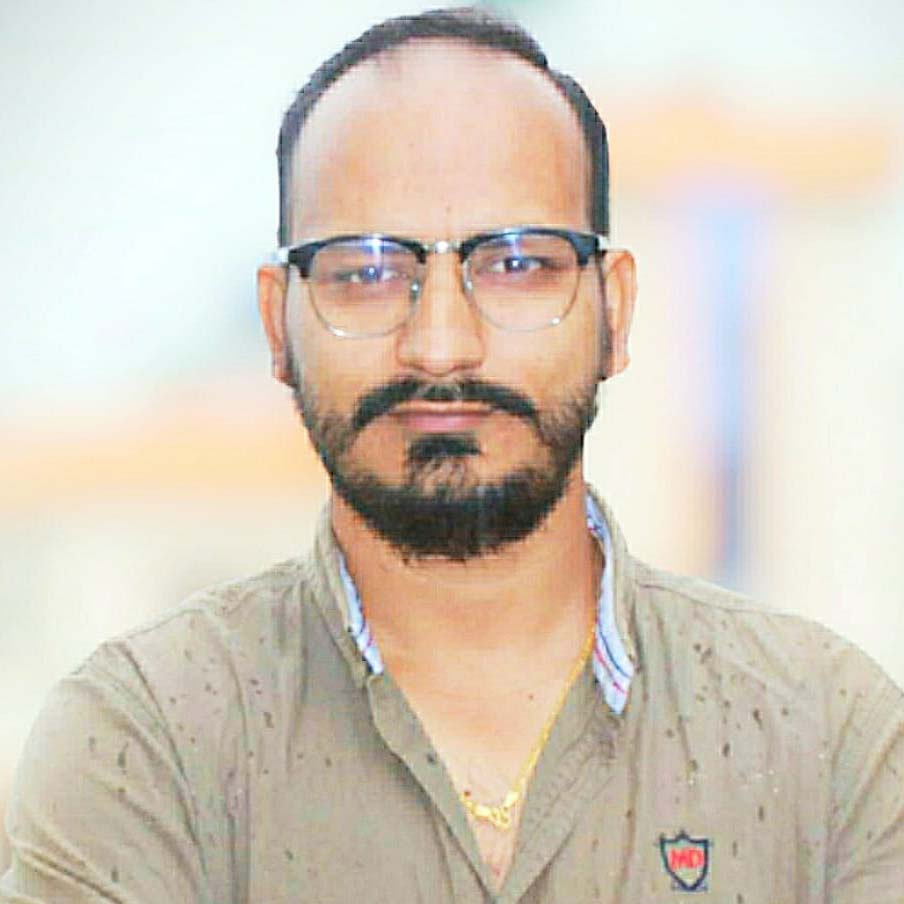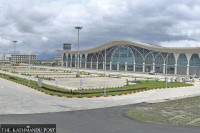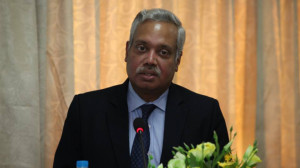National
How social media is becoming a double-edged sword for public safety
While social platforms has emerged as a vital tool for crime control for Nepal Police, it has also given rise to incidents of cybercrime.
Purushottam Poudel
Social media has emerged as a major headache for Nepal Police as a large number of criminals have taken to digital platforms to commit crimes in recent years. But social media is also increasingly becoming an important tool for investigating agencies in preventing and tackling crimes.
Some recent cases highlight its potential benefits and drawbacks.
The latest case involves the murder of Ruby Sah, 26, whose body was discovered stuffed inside a suitcase near Divyajyoti School in Gaur Municipality-9 last Saturday night.
Investigations revealed that Laxman Paswan, 30, had allegedly killed Ruby and attempted to dispose of her body using a hired tempo. When the three-wheeler broke down, he abandoned the suitcase on the roadside and fled.
While on the run, Paswan released a nine-minute video confession on social media, admitting to the killing and alleging that Ruby’s mother was the ‘real culprit’ behind the tragedy.
In the video, he described his long-term relationship with Ruby, including their love marriage at the Sarlahi District Court years back during their school days. He accused her mother of forcing her into other relationships for financial gain. He also pleaded for the innocence of the tempo driver, who had been arrested earlier.
According to the District Police Rauhatat, on the day of the incident, Ruby had left her rented house in Gaur, telling her mother and son that she was going out to buy some household items. Ruby, who married Shivsagar Sudi of Muzaffarpur, India, 13 years ago, had been living in Rautahat in a rented flat to educate her son. However, the police are unaware of her relationship with her husband.
“We are still to figure out why Ruby was living with her mother and not with her husband,” said Deputy Superintendent Raju Karki, information officer at the District Police Office, Rautahat.
The video posted by Paswan indicates that Ruby had been in contact for a long time. On the day of the incident, too, she had gone to meet him, and was murdered.
According to police, this video was crucial in locating Paswan, who later attempted self-immolation.
Locals on Wednesday morning found Paswan in a severely burnt condition and alerted the police. He was immediately taken to a local hospital in Garuda for initial treatment.
“The video released by Paswan helped us a lot in tracing his whereabouts,” said Raju Karki, spokesperson for Rautahat Police. Paswan was found with severe burn injuries and was sent to Kirtipur Hospital after primary treatment at the local hospital.
Fifty percent of Paswan’s body was burnt, according to the District Police Office, Rautahat. He succumbed to the injuries on Wednesday evening.
This is not the only instance where social media has aided police in crime investigation.
On June 21, Dr Keshav Shrestha, former acting medical superintendent of Ramechhap Hospital, went missing after posting a long, emotional status on Facebook. His post alarmed his friends and colleagues, prompting a swift response from the police.
Following digital leads and tips from social media, police officers were able to locate and save him within hours.
Two people were killed and public and private property worth billions of rupees was vandalised during the March 28 protest at Tinkune by pro-monarchy forces. Police were able to identify and arrest assailants by tracking images and videos shared online.
The cyber bureau of Nepal Police said that since the establishment of the bureau in 2018, they have saved the lives of 93 people who had posted on social media hinting at imminent self-harm.
However, police caution that while social media can aid investigations, it can also mislead them.
“Social media has contributed to an increase in crime in Nepal by enabling various forms of cybercrime, such as creating fake profiles, stalking, bullying, online fraud, blackmail, and spreading misinformation,” said Binod Ghimire, spokesperson for Nepal Police. “But we must be equally cautious since the perpetrators can misguide us using the tool.”
Dipak Raj Awasthi, spokesperson for the Cyber Bureau of Nepal Police, said social media is not always helpful in controlling crime. Due to technical issues, mostly citing privacy concerns, social media companies refuse to share information, Awasthi said.
“In order to reach every information through which we could control crimes, we need to have a mutual legal agreement with the social media company,” Awasthi said. “In the absence of such an agreement, the use of social media to control crime has been limited.”
According to the police bureau, cybercrime cases have increased eightfold in the past five years. In the fiscal year 2024-25 alone, about 19,730 complaints were filed, many involving identity theft, online blackmail, sexual abuse, and financial scams. Young people, especially women and minors, remain the most vulnerable.
At the same time, law enforcement agencies are leveraging digital platforms to raise awareness and combat cybercrime. Police regularly conduct school and college programmes on online safety and promote campaigns encouraging responsible social media use.
While Nepal’s Electronic Transaction Act provides a legal framework for dealing with cybercrimes, experts argue that it needs updating to keep pace with evolving threats and the use of encrypted platforms.
Police officials say greater cooperation between communities, social media companies, and law enforcement is essential for safeguarding users while ensuring that digital platforms continue to serve as allies in public safety.




 6.12°C Kathmandu
6.12°C Kathmandu















